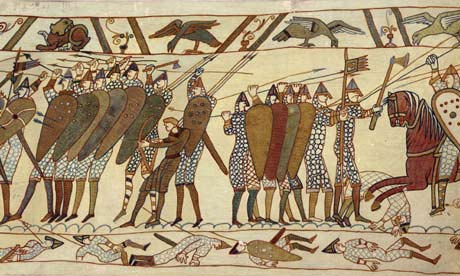Teaching History Then and Now
Suppose you could find someone who taught history in three different high schools in two cities between the 1950s through the early 1970s. Suppose further that this person had been trained as an historian and had kept personal records such as a journal, student grade books, scattered lessons, school yearbooks, and student letters from those year of teaching. Suppose even further that this person could reconstruct from those sources and official school archives what it was like to teach history in those three largely minority high schools a half-century ago. And, finally, suppose that this former high school history teacher (who had ended up as a university professor researching curriculum, teaching, the uses of technology in classrooms and school reform) could then go to those same three high schools–still largely minority–in two different cities today, yes, today, and observe how teachers teach history now.
If all those “supposes” could happen, would those pictures of teaching history then and now in the same high schools a half-century apart reveal anything worthwhile to policymakers, practitioners, researchers, parents, and
If all those “supposes” could happen, would those pictures of teaching history then and now in the same high schools a half-century apart reveal anything worthwhile to policymakers, practitioners, researchers, parents, and

